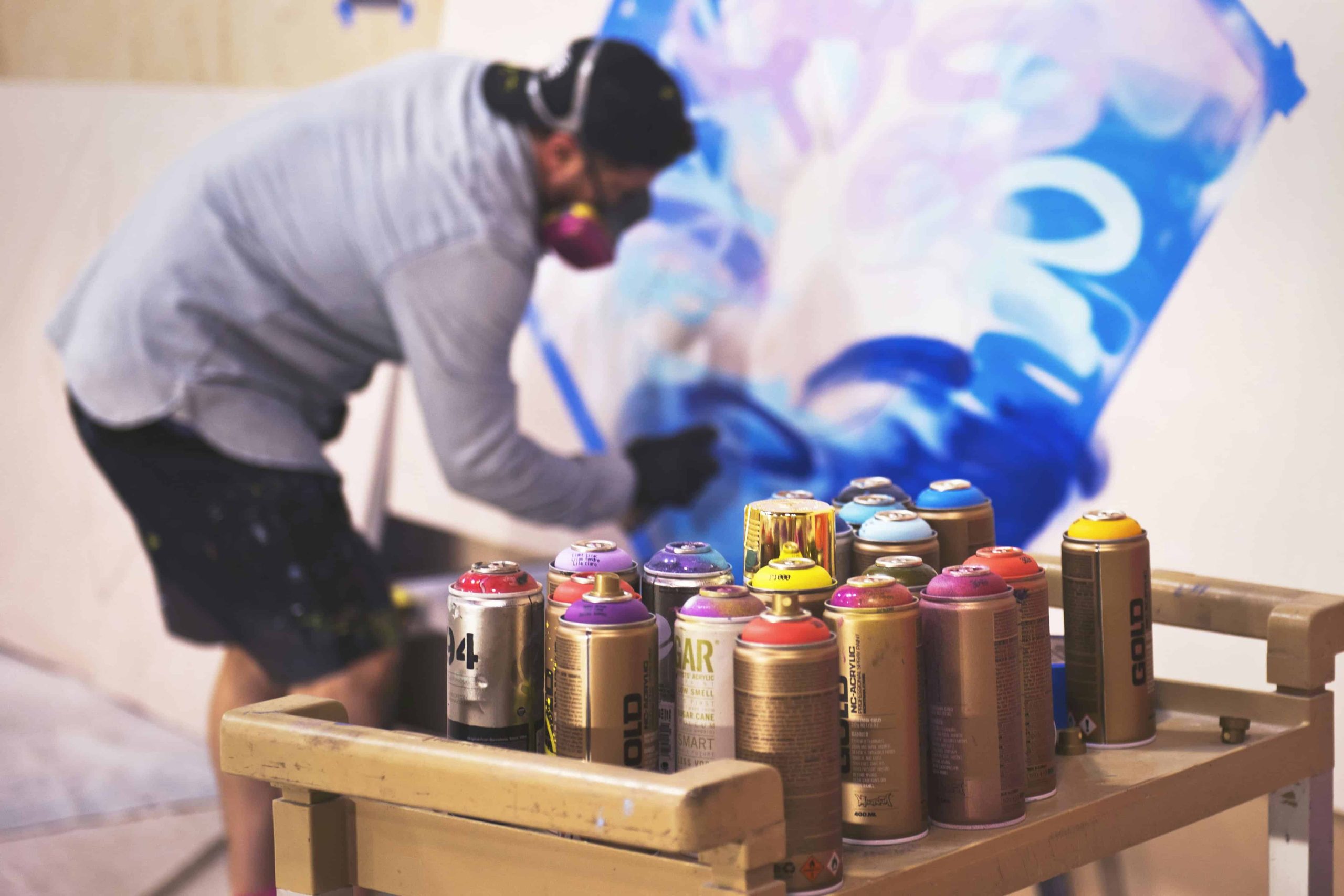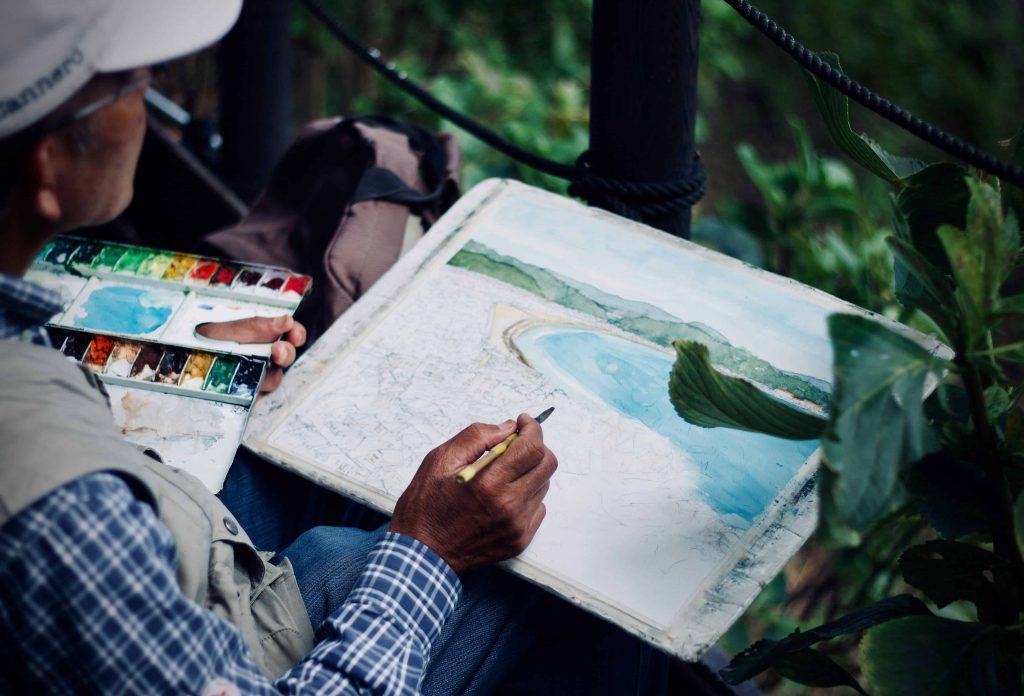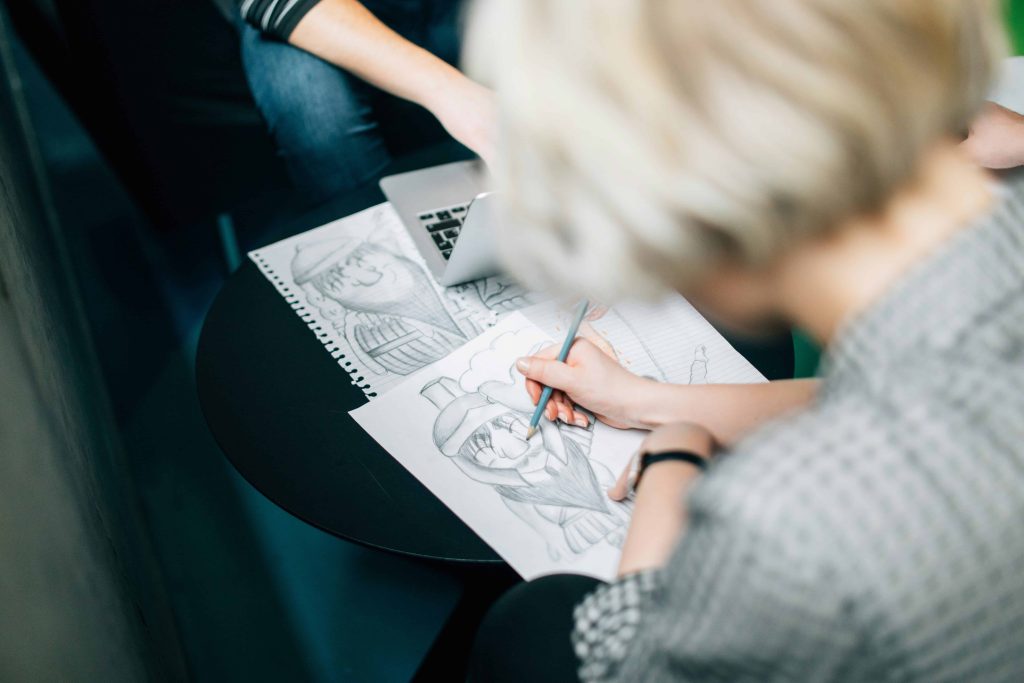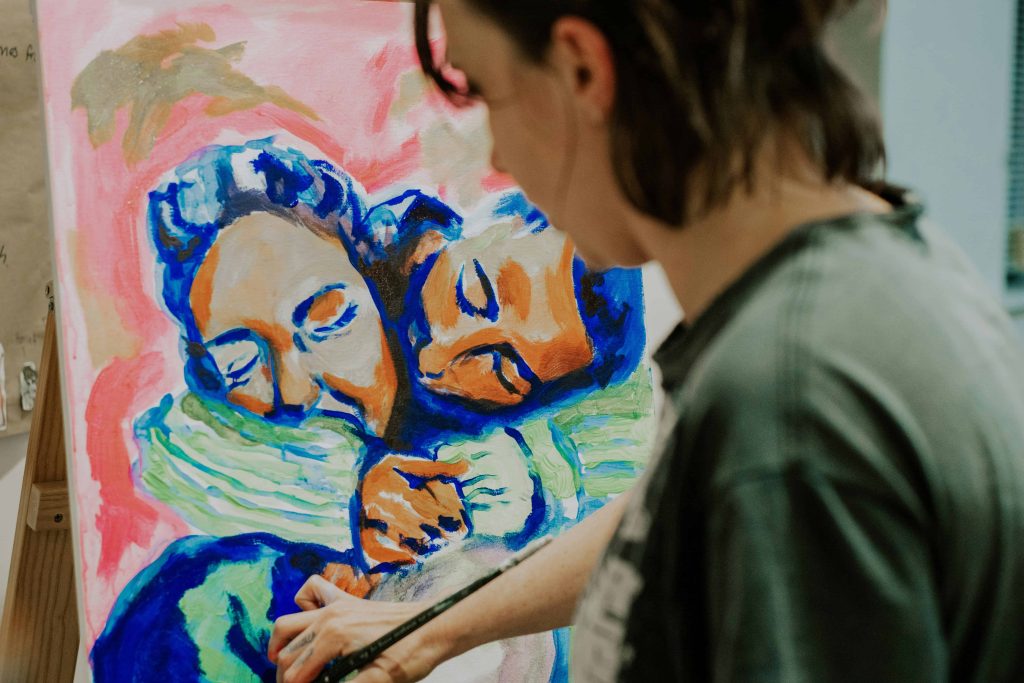
31 May Artists’ Legal Rights and Intellectual Property
Disclaimer: The information provided in this article is for general informational purposes only and does not constitute legal advice. While we aim to provide accurate and up-to-date information, laws and regulations regarding art collections, intellectual property, and exhibition practices may vary based on jurisdiction and specific circumstances. Readers are encouraged to consult with a qualified attorney or legal professional for advice on particular legal matters related to showcasing art collections. The author and publisher assume no liability for any actions taken based on the information provided in this article.
Artists' Legal Rights and Intellectual Property: Safeguarding Creativity
In today’s digital age, protecting intellectual property (IP) is paramount for artists to safeguard their creative endeavors. From paintings to music compositions, artists face numerous challenges in defending their rights against infringement. This article delves into the core concepts of IP for artists and provides strategies for effective protection.
Artists invest their time, skill, and passion into creating original works of art. However, without proper protection, these creations are vulnerable to unauthorized use and exploitation. Intellectual property laws serve as the cornerstone for safeguarding artists’ rights, yet navigating these legal frameworks can be daunting.

Core Concepts of IP for Artists
Copyright
Copyright is a fundamental aspect of IP law, providing creators with exclusive rights over their artistic works. This includes paintings, sculptures, literature, music, and more. These rights encompass reproduction, distribution, and public display, granting artists control over how their works are utilized. However, copyright protection is not absolute and is subject to limitations, such as fair use.
Moral Rights (Depending on Jurisdiction)
In certain jurisdictions, artists are also granted moral rights, which encompass the right to attribution and integrity. Unlike copyright, moral rights are inherent to the creator and cannot be transferred or waived. They ensure that artists receive recognition for their work and preserve the integrity of their artistic vision.

Strategies for Protecting IP
Copyright Registration
While copyright protection automatically applies upon creation, artists can enhance their rights by registering their works with the appropriate authorities. Copyright registration provides legal evidence of ownership and facilitates legal recourse in case of infringement. The registration process typically involves submitting an application and paying a nominal fee.
Proper Documentation
Maintaining detailed records of the creation process and any contracts or agreements is essential for protecting artists’ interests. Documentation serves as evidence of ownership and can help resolve disputes swiftly and efficiently.
Understanding Licensing Agreements
Artists often license their works to third parties for various purposes, including reproduction, distribution, and public performance. It is crucial to comprehend the terms of these agreements thoroughly. Different types of licenses, such as exclusive and non-exclusive licenses, grant varying degrees of control over the use of the work.

Education and Resources for Artists
Empowering artists with knowledge about their legal rights is paramount to ensuring effective IP protection. Fortunately, numerous resources are available to educate artists on IP laws and best practices. Online platforms, artist associations, and legal aid organizations offer valuable insights and guidance tailored to the needs of creators.
Conclusion
In conclusion, intellectual property protection is essential for artists to safeguard their creative output and livelihood. By understanding the core concepts of IP law and implementing effective strategies for protection, artists can mitigate the risks of infringement and preserve the integrity of their work. It is imperative for artists to be proactive in educating themselves about their legal rights and utilizing the available resources to navigate the complex landscape of intellectual property.
Key Takeaways
- Intellectual Property (IP) Importance: In the digital age, protecting intellectual property is vital for artists to safeguard their creative endeavors against unauthorized use.
- Core Concepts: Understanding copyright and moral rights is essential for artists. Copyright grants exclusive rights over artistic works, while moral rights ensure recognition and preserve artistic integrity.
- Protection Strategies: Artists can enhance IP protection through copyright registration, proper documentation, and understanding licensing agreements.
- Education and Resources: Empowering artists with knowledge about their legal rights is crucial. Online platforms, artist associations, and legal aid organizations offer valuable resources.
- Conclusion: Effective IP protection is imperative for artists to preserve their creative output and livelihood. Being proactive in education and utilizing available resources can help navigate the complex landscape of intellectual property.
Disclaimer: The information provided in this article is for general informational purposes only and does not constitute legal advice. While we aim to provide accurate and up-to-date information, laws and regulations regarding art collections, intellectual property, and exhibition practices may vary based on jurisdiction and specific circumstances. Readers are encouraged to consult with a qualified attorney or legal professional for advice on particular legal matters related to showcasing art collections. The author and publisher assume no liability for any actions taken based on the information provided in this article.
FAQs
Why is copyright registration important for artists?
Copyright registration provides legal evidence of ownership and facilitates resolution in infringement cases, offering artists enhanced protection beyond automatic copyright.
What are moral rights, and why are they significant for artists?
Moral rights grant artists attribution and integrity, ensuring recognition for their work and preserving their artistic vision’s integrity. They’re inherent to the creator and can’t be waived, emphasizing their importance in protecting artistic legacy.
How can artists protect their intellectual property effectively?
Beyond legal measures like copyright registration, artists should maintain detailed documentation of their work and understand licensing agreements thoroughly. Empowering themselves with knowledge about their rights and accessing available resources tailored to artists’ needs are crucial steps in navigating intellectual property challenges.
Be inspired by the stories of artists transcending borders and barriers, illustrating the transformative power of diversity in shaping artistic expression.

